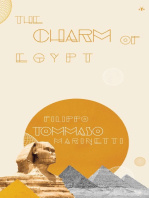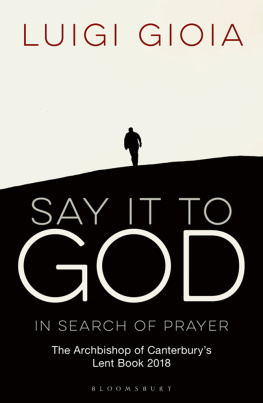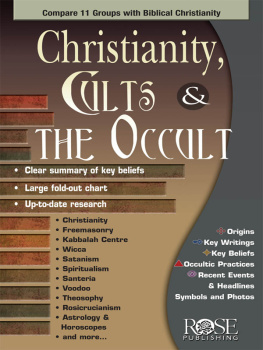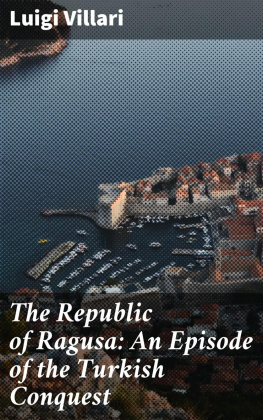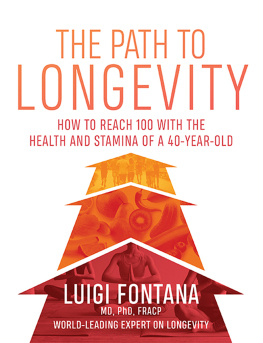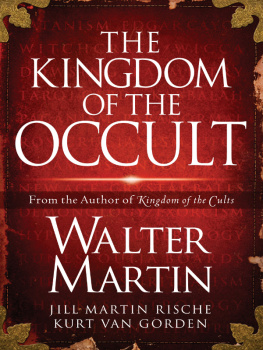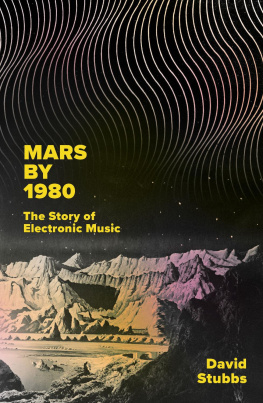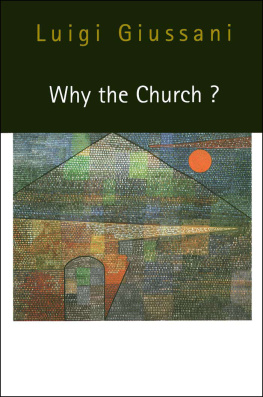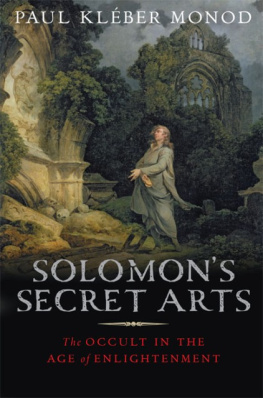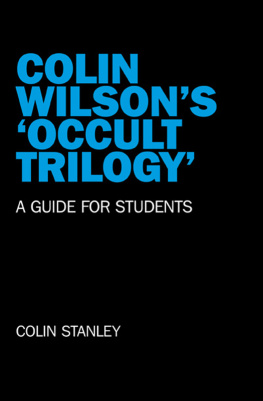LUIGI RUSSOLO, FUTURIST
The publisher gratefully acknowledges the generous support of the Ahmanson Foundation Humanities Endowment Fund of the University of California Press Foundation.
LUIGI RUSSOLO, FUTURIST
NOISE, VISUAL ARTS, AND THE OCCULT
Luciano Chessa

University of California Press, one of the most distinguished university presses in the United States, enriches lives around the world by advancing scholarship in the humanities, social sciences, and natural sciences. Its activities are supported by the UC Press Foundation and by philanthropic contributions from individuals and institutions. For more information, visit www.ucpress.edu .
University of California Press
Berkeley and Los Angeles, California
University of California Press, Ltd.
London, England
2012 by The Regents of the University of California
Library of Congress Cataloging-in-Publication Data
Chessa, Luciano, 1971
Luigi Russolo, futurist : noise, visual arts, and the occult / Luciano Chessa.
p. cm.
Includes bibliographical references.
ISBN 978-0-520-27063-3 (cloth : alk. paper)
ISBN 978-0-520-27064-0 (pbk. : alk. paper)
ISBN 978-0-520-95156-3 (ebook)
1. Russolo, LuigiCriticism and interpretation. 2. Futurism (Music). I. Title.
ML410.R966C44 2012
Manufactured in the United States of America
21 20 19 18 17 16 15 14 13 12
10 9 8 7 6 5 4 3 2 1
In keeping with a commitment to support environmentally responsible and sustainable printing practices, UC Press has printed this book on 50-pound Enterprise, a 30% post-consumer-waste, recycled, deinked fiber that is processed chlorine-free. It is acid-free and meets all ANSI/NISO (z 39.48) requirements.
To Troy
CONTENTS
ILLUSTRATIONS
ACKNOWLEDGMENTS
Like every work that aspires to be scientific, this book is not the result of a solitary effort; rather, it is the product of a multifaceted dialogue. My thanks therefore go first to Mary Francis for having encouraged me from the inception of this dialogue, for her constant and enthusiastic support, and for guiding me through the treacherous traps that accompany all publications.
Other key participants in the dialogue were Barbara Moroncini, who gave this work its first edit; Julie Brand, who provided a thorough final edit; and Rose Vekony, the project editor. Their help was crucial in making this book speak to you as it does.
The dialogue started while I was in graduate school at the University of California in Davis, and this book follows on the completion in 2004 of my PhD dissertation, Luigi Russolo and The Occult. I should like to thank my dissertation committee, David Nutter, Douglas Kahn, D. Kern Holoman, Pablo Ortiz, and Margherita Heyer-Caput, for their trust, generous exchange of ideas, and advice. I wrote the dissertation in Italian. It was translated by Tamsin Nutter, and her translation was revised by Beth Levy, Marit MacArthur, and Ramn Sender Barayn: I thank them all for their time and help.
Justin Urcis, Mark Gallay, Nathan Kroms Davis, and Beverly Wilcox read this manuscript and gave me their feedback. Ellen Fullman, Gregory Moore, and Theresa Wong discussed specific sections of it with me. I am grateful to them all.
Thanks go to my familymy father and mother, and my sister and brother and their familieswithout whom I would not have been able to accomplish this. Thanks also to Troy Boyd for his unwavering support throughout the entire process and beyond. This book is dedicated to him.
A version of of my dissertation, and it is on this version that I have based the material presented here.
I was able to improve the section on the mechanisms of the intonarumori with the help of a commission I received from RoseLee Goldberg of the New Yorkbased Biennale of the Arts Performa to direct the first reconstruction project of Russolos earliest intonarumori orchestra. Together with Esa Nickle, I curated a concert program that featured music specifically commissioned for this orchestra, which the New York Times hailed as one of the best events in the arts in 2009, and which subsequently toured internationally.
My thanks go also to Mary Ellen Poole and John Spitzer at the San Francisco Conservatory of Music and to Tom Welsh from the Cleveland Museum of Art for their indirect and direct support. Finally, thanks to Margaret Fisher who upon reading my Luigi Russolo and the Occult first convinced me to revise and submit the work for publication.
Introduction
To enrich means to add, not to substitute or to abolish.
Luigi Russolo, The Enharmonic Bow
On a summer evening the Russolos were entertaining a guest, when Russolo, pleading fatigue and sleepiness, went to bed. The lady and the guest continued chatting for a little longer, until she, the good nights said, retired. While ascending the internal staircase, her gaze was attracted upward: something that had never happened to her. It was then that she saw a kind of white ghost appearing at the banister of the landing, and quickly recognized its familiar face: it was Russolo, leaning on the banister, all illuminated by the full moon.
His wife gazed at him amazed and asked what he was doing and why he was standing there so calmly, and wrapped up in his white nightshirt. He did not respond, nor did he move. Alarmed by his silence, Madame Russolo descended the few steps to call on the guest so that she could be reassured that this was not an illusion. But at their return the white vision had disappeared. She felt humiliated and almost offended by the teasing of her guest, who treated her as a visionary. They quickly entered Russolos room and found him deeply asleep, calm, breathing very regularly. In silence, they left. Later, rethinking the incident, the wife was not able to convince herself that it had been a hallucination.
The morning after the event Madame Russolo recounted the scene to her husband, who, with evident satisfaction, asked: Ah! Do you really say? You saw me, actually me in that state? But then I have finally succeeded! I have obtained the doubling of my body. That which you saw, you really saw it: it was my etheric body, perhaps coming to see you go up to your room, while my physical body lay inert in bed. Good! Good! I am more than happy about this. But I pray you: dont tell this story to anyone now; the reasons for silence are obvious and you understand them by yourself.

Her experience can confidently be dated in the late 1930s, years the Russolos spent in Cerro di Laveno, a small and idyllic northern Italian town on the shores of Lago Maggiore. Surprising as it may seem, this anecdote was not the result of Russolos wifes fevered imagination; rather, it can be directly linked to Russolos writing (and practices) at the time, as the following passage from his 1938 book Al di l della materia exemplifies:
By continuing the process of magnetizing a subject, once the phase of exteriorization of sensibility has begun, the layers of sensibility around the subject becomes larger and larger in concentric layers that gradually condense in two masses: one on the left, colored in orange, and one on the right, colored in blue. These two masses soon connect, as they are attracted one by the otherthe right one, usually passing from behind the subject, reunites with the left one. These two masses, now joined, take a shape vaguely resembling a human body a little bigger than the subjects body, and that stays, at least at first, on its left. This form is connected to the body of the subject via a special tube or vapor-like cord about a finger in thickness, departing from the stomach region (solar plexus) and joining this vaporous mass at the same point. This is a true ghost or, as occultists call it, an etheric double.
Next page

